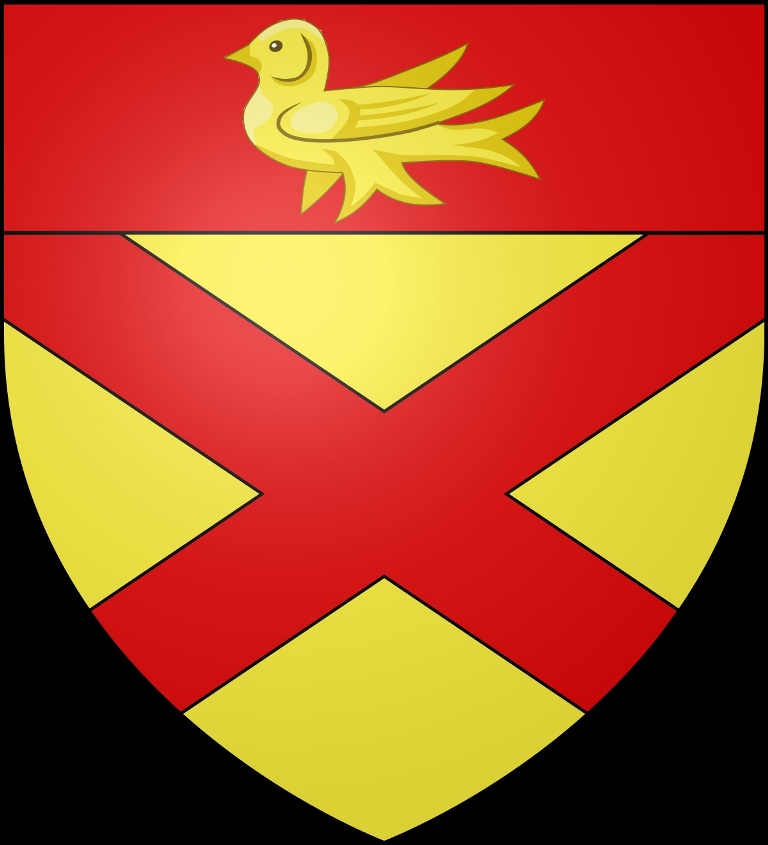Difference between revisions of "Aberdare"
Tao alexis (talk | contribs) |
Tao alexis (talk | contribs) |
||
| Line 4: | Line 4: | ||
Prior to the arrival of the Romans, the area was occupied by the Silures, who were noted for their swarthy features and curly black hair, who were believed to have come north from Spain. Some believe that there were [[Halfling Race & Physiology|halflings]] that dwelt in these valleys some hundreds of years before that. | Prior to the arrival of the Romans, the area was occupied by the Silures, who were noted for their swarthy features and curly black hair, who were believed to have come north from Spain. Some believe that there were [[Halfling Race & Physiology|halflings]] that dwelt in these valleys some hundreds of years before that. | ||
| − | Goods produced in and around Aberdare include tremendous amounts of iron ore<small><sup>3R</sup></small> and soft coal<small><sup>3R</sup></small> | + | Goods produced in and around Aberdare include tremendous amounts of iron ore<small><sup>3R</sup></small> and soft coal<small><sup>3R</sup></small>. Smelting produces pig iron<small><sup>2R</sup></small>. Other goods are brewing and bricks. Though a farming area, these are small plots for subsistence food raising, with little economic effect. Population (c.1650), 4,622. |
Revision as of 01:43, 19 April 2023
Aberdare is a market town in the Lordship of Glamorganshire, Wales, in the Cynon valley 24 mi. northwest of Cardiff. The original village was founded in the year 1189, when the St. John's Church was built here. The name means "mouth of the river Dare."
Prior to the arrival of the Romans, the area was occupied by the Silures, who were noted for their swarthy features and curly black hair, who were believed to have come north from Spain. Some believe that there were halflings that dwelt in these valleys some hundreds of years before that.
Goods produced in and around Aberdare include tremendous amounts of iron ore3R and soft coal3R. Smelting produces pig iron2R. Other goods are brewing and bricks. Though a farming area, these are small plots for subsistence food raising, with little economic effect. Population (c.1650), 4,622.
